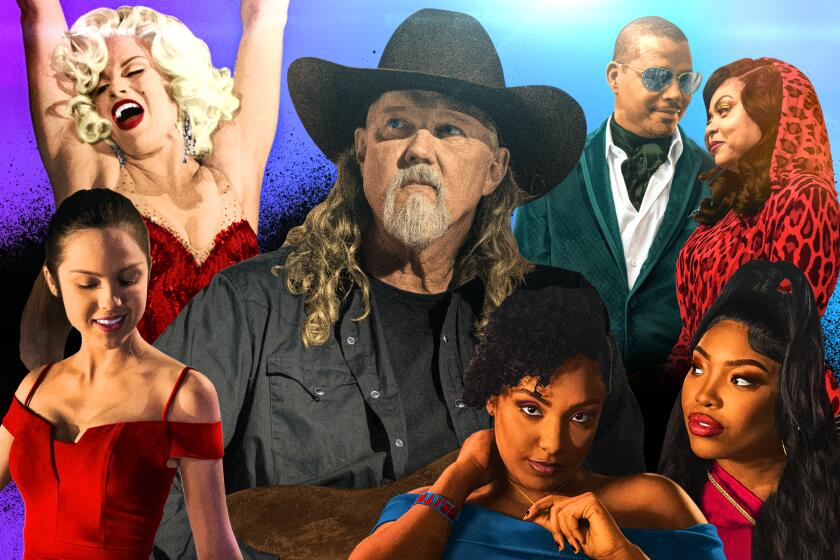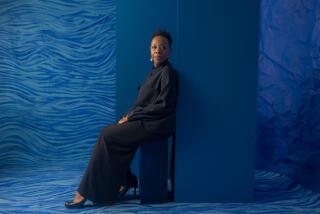‘Glee’ docuseries explores what — or who — caused Cory Monteith’s overdose
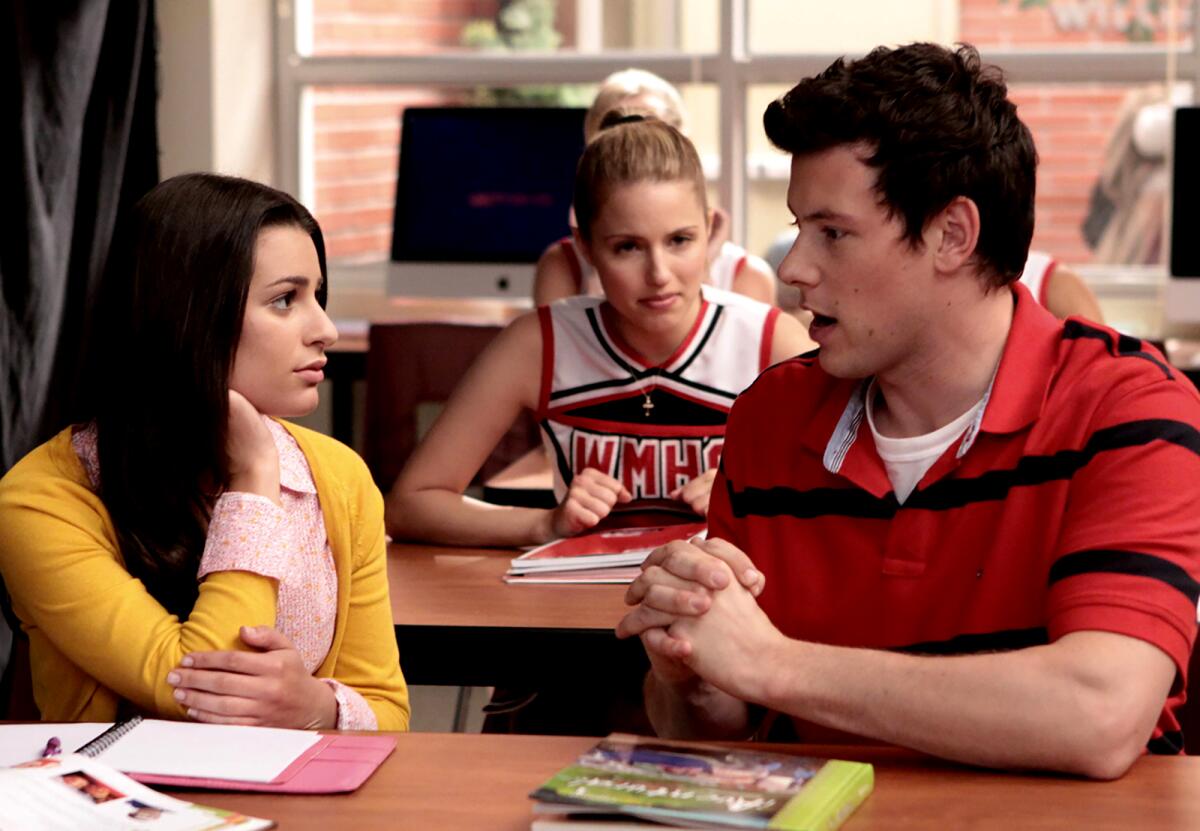
- Share via
“The Price of Glee,” premiering Monday on ID and Discovery+, gathers the most notable news coverage (both positive and negative) around the once-beloved Fox series. Though filmed without the participation of any members of the principal cast or creative team — Kevin McHale and Jenna Ushkowitz, who currently run a “Glee” podcast, respectively deemed the new series “trash” and urged viewers to “proceed with caution” — the three-part documentary recounts the dark shadows around some of its actors: Cory Monteith’s overdose, Mark Salling’s arrest, Lea Michele’s bullying behavior, Naya Rivera’s tragic death, and Melissa Benoist’s allegations of domestic violence against Blake Jenner.
The docuseries attempts to assign blame for the various controversies and casualties of the cultural phenomenon. “Part of what has happened on this show is so incredibly toxic, and yet it was a giant hit that everybody was watching, including me,” says psychotherapist Stacy Kaiser.
While most of the included information will be familiar to former and still-faithful Gleeks, the project did reveal some factoids in its first two episodes. If you’re not going to watch any of it, here’s what you missed on “The Price of Glee.”
Creatives from 12 beloved shows, from ‘Crazy Ex-Girlfriend’ to ‘Rap S—,’ explain how they surmounted what may be the medium’s most daunting challenge.
Social media fueled behind-the-scenes conflict.
Created by Ryan Murphy, “Glee” debuted in 2009, alongside the explosion of social media platforms like Facebook, Twitter and Tumblr. “It’s great that fans of a show can come together and connect over things, but the fighting began almost immediately,” entertainment reporter Andy Swift remarks in the first episode. “Suddenly, with social media, you can track who the fans are really into because those actors will have the most followings.”
While filming the third season, “I would oftentimes see that actors gathered talking about how many people they’ve acquired as followers, and there was a competition,” notes former hair department head Dugg Kirkpatrick. “In the beginning when they had to tweet every day, it was Lea that really had the numbers. The head gets a little bit bigger, to say the least.”
The show’s schedule took an unmentioned toll.
Like other TV shows with musical numbers, “Glee” actors split their time between recording songs, learning choreography and rehearsing entire sequences, in addition to filming each episode’s scenes — the latter of which regularly stretched past the usual workweek into Saturday mornings.
But the bigger the ratings grew, the more elaborate the routines became: “Go watch the lifts that we do, they’re basically figure skating lifts without the figure skates or the ice,” recalls former dancer Doug Penikas in the first episode. “There was definitely the sense of, they were always trying to top themselves.”
And unlike other shows, the cast spent multiple hiatuses on national concert tours. “They weren’t getting the time off — for the actors, it became almost a year-round job,” says former rigging gaffer J.A. Byerly, who adds that returning to work just weeks after Monteith’s death was particularly stressful — a decision, multiple crew members allege, made because the series was nearing the notable 100-episode mark.
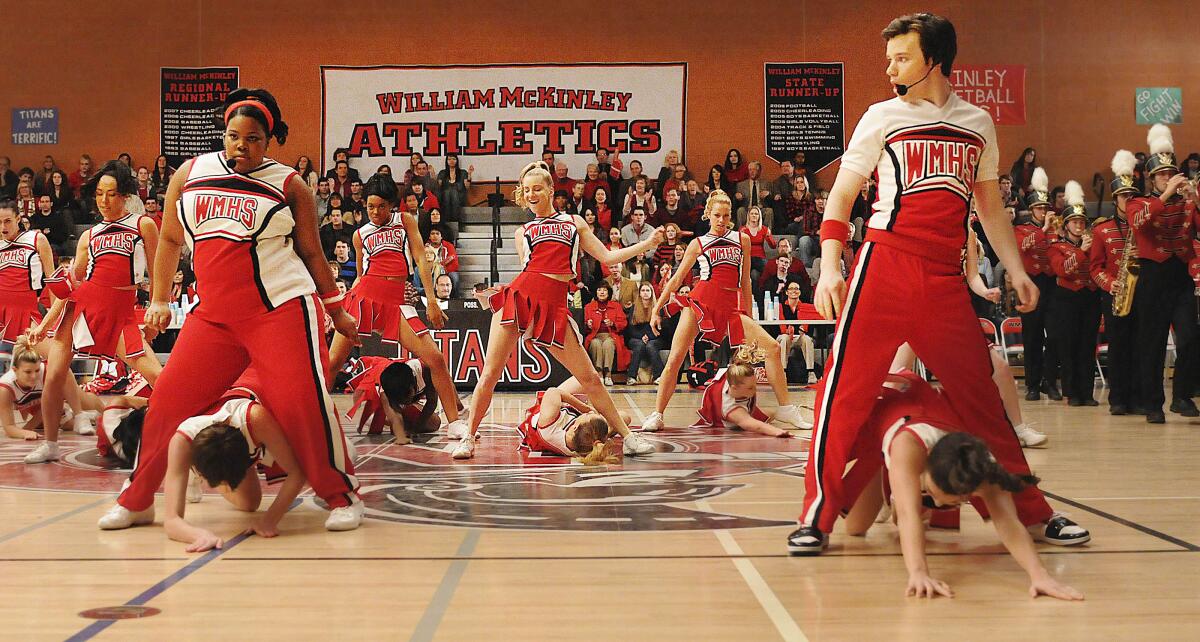
Monteith had a stalker and hated fame.
Fans regularly mobbed the cast when they were shooting on location, and occasionally became invasive: Chris Colfer was kissed by a fan on the mouth without consent; Monteith had a young woman stalking him. The production even had to “build a wall from their trailers to the set that was like a tunnel so that the cast could travel safely without the tours bothering them or just people in the parking lot,” says Stephen Kramer Glickman, who filmed “Big Time Rush” on the same studio lot.
Such privacy concerns left Monteith isolated, along with being exhausted by the show’s filming schedule and the nonstop headlines about his relationship with co-star Michele. “I remember him specifically saying, ‘I wouldn’t wish fame on my worst enemy,’” says Monteith’s former roommate Justin Neill. Plus, he was particularly stressed about his lack of dancing skills in comparison to his co-stars, and had to turn down multiple film projects because of the series’ demands.
A fellow actor may have triggered Monteith’s relapse.
Monteith was written out of numerous episodes of the fourth season to attend rehab, but overdosed four months later. After rehab, “[Monteith] said he was at a party and hadn’t been drinking, and he wanted to have a drink, but he knew he shouldn’t,” says former hair department head Kirkpatrick, who stayed in contact with the actors beyond his third-season stint on the series. “He was told by a certain cast member that night, ‘If you want to have a drink, you should have a drink. I’ll be here, you can trust that I’ll always be here.’”
“That confused him and made him mad,” added Kirkpatrick, who doesn’t name the actor who spoke to Monteith. “But he did. He started drinking because he was given permission by somebody that he loved. He resented it, but he also took the direction. It took him on a path to destruction.”
The docuseries also mentions the numerous other actors and crew members who tragically passed away during and after the show’s run, which reporter Swift called “rare” for any series.
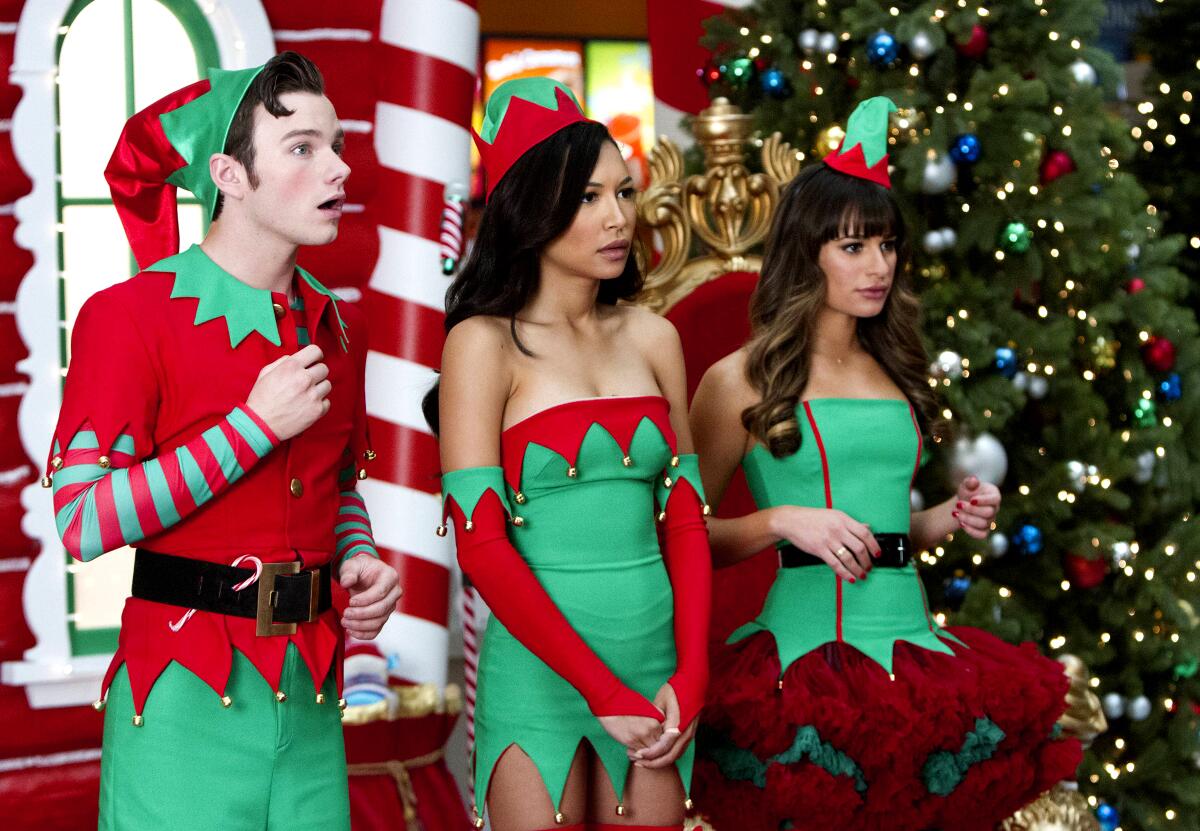
Michele’s on-set behavior did not go unnoticed.
The second episode briefly touches on Michele’s ongoing feuds with Rivera and Amber Riley, and includes accounts of her behavior by fellow actor Dabier Snell and Garrett Greer, a former assistant to a “Glee” executive producer. “I’d had friends in New York who grew up with and knew Lea, so I was aware of her reputation before that, and she had a rap for being a little bit difficult,” says Greer.
“She wants to keep Rachel Berry front and center, so if there was ever a threat to that kind of attention, that caused conflict,” adds Greer, recalling a set visit by the Hollywood Foreign Press Assn. ahead of the Golden Globes. “Amber sang a song and Leah sang a song live for them, and Amber’s song was more showy than what Leah was singing. And I remember being like, ‘Oh, she’s not gonna like this.’ … Lea’s a narcissist.”
‘The Price of Glee’
Where: ID
When: 6 and 9 p.m. Monday
Streaming: Discovery+, any time starting Monday
Rating: TV-14 (may be unsuitable for children under the age of 14)
More to Read
The complete guide to home viewing
Get Screen Gab for everything about the TV shows and streaming movies everyone’s talking about.
You may occasionally receive promotional content from the Los Angeles Times.
